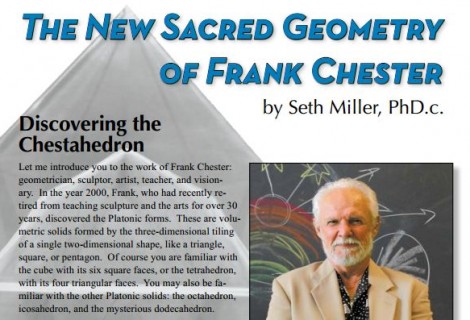An Esoteric Guide to Spencer Brown’s Laws of Form #3
« Previous Page | 1 2 3 4 5 | View All | Next Page »
Now, to insert an esoteric aside, before we continue unfolding this subtle issue, we can note that what this means is that, all others are selfs, all selfs are others. This is nothing other than the esoteric principle that BEING is all that is: if it is “out there” as an object, it, also, has an interiority, a “self”, which we are recognizing here from a very very odd starting point.
In other words, the ontology of a being is always the ontology of ALL being; the act of self-distinction is always simultaneously an act of other-distinction, and vice-versa. This, esoterically, is the principle of the cosmological Christ, the I-in-Thou/Thou-in-I. We shall see how this flows naturally from Glanville’s own formulation.
To fill out his method:
“The self distinguishes the self (A, A)
In distinguishing the self (A), the self distinguishes another (A, b)
The other distinguishes itself as itself (B, B)
The other distinguishes the self as an other (B, a)
Whether or not an other can distinguish an (other) other as an other, it appears we may not know, for we can never be another. Thus, (a, b) and (b, a) seem, for the moment, to be meaningless statements.” (pp. 3-4)
The key, however, is in his recognition that: “the distinction between the self and the other and vice versa is, itself, a distinction. Let us call this distinction C.” (p. 4)
Now, he doesn’t recognize it explicitly, but here he has implied exactly the principle that is required for the whole thing to come together: the actual crossing, simultaneous to its actual distinction, of the boundary that separates N and N+1 levels. This is a second-order distinction, the distinction of a distinction. But the whole point is that the second-order distinction is recursive with respect to the first-order distinction: they are co-generative and co-incident.
In other words, all three, A, B, and C, can be not REduced, but INduced, (or some other new word) to a SINGLE, COMPLEX UNITY. This paradox is equivalent to that of the mystical “three-in-one/one-in-three” of Christianity, and although it is synchronistic, the choice of the letter “C” for this is fortuitous.





